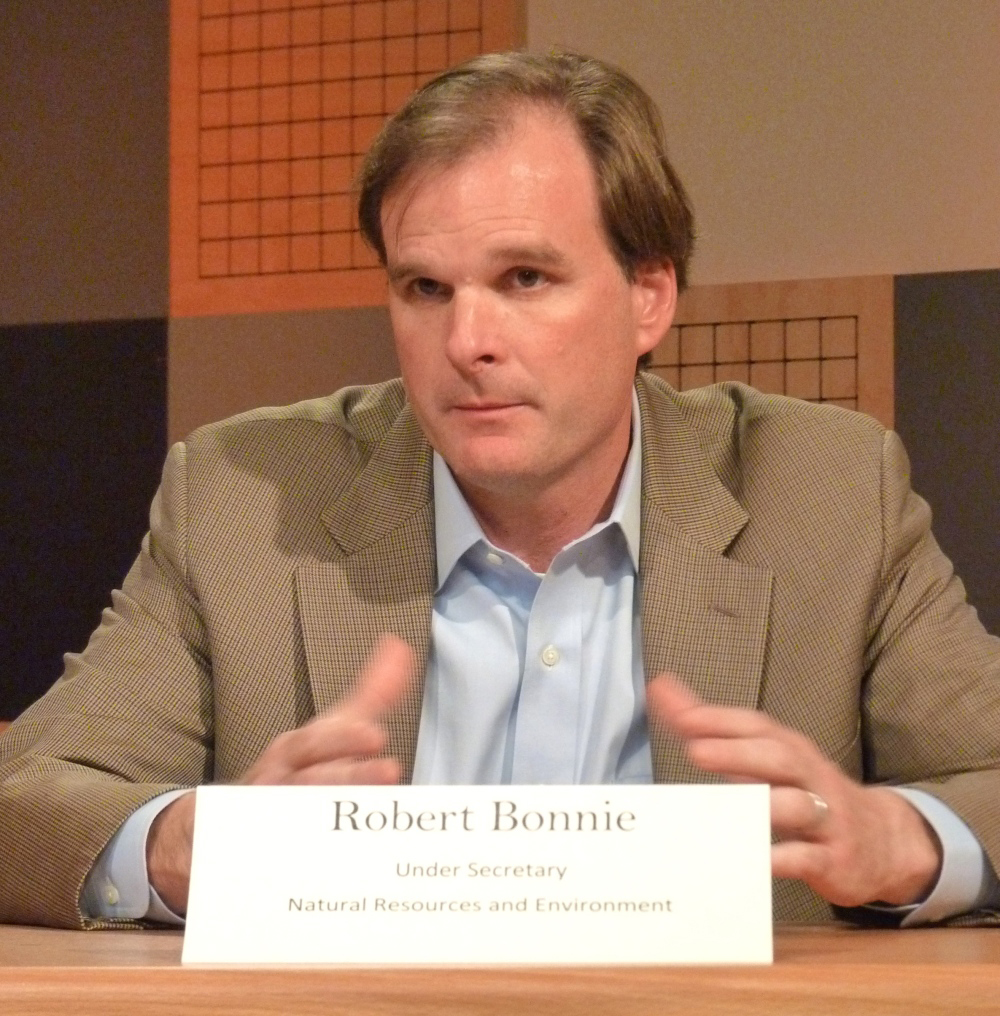
A top U.S. Forest Service official says fewer unprocessed logs will be sold overseas under a transition to harvesting younger trees.
About half of the timber cut in the Tongass National Forest is shipped in the round. When all that unmilled timber leaves the region, potential jobs leave with it.
Robert Bonnie is the federal Agriculture Department’s undersecretary for natural resources and the environment.
“Ideally, the more local jobs we can provide from timber, the better. I think part of the … market challenge is making sure we’ve got a viable timber program,” Bonnie says.
The change from old- to second-growth logging is expected to take 10 to 15 years. Critics say that’s too slow.
Tongass officials say existing mills cannot handle a large amount of second-growth timber. They say one or more new plants will be needed.
Tongass Supervisor Forrest Cole says one business tried to fill that void.
“The veneer plant that was built in Ketchikan, shortly after the long-term contracts went away, required about 20 million board feet of small logs in order to process. Had that been here, that log that is currently going overseas would have been processed locally,” he says.
Officials say they’re working with private landowners to develop a cooperative logging plan.
Alaska Regional Forester Beth Pendleton says the Tongass has about a half-million acres of second-growth trees that could be harvested. Another half-million are on state or Native corporation land.
“Part of the transition is working with those landowners, working with Sealaska, working with the other corporations, working with the state, looking where we actually will move forward with harvesting second-growth and planning sales and looking at opportunities to maximize economic efficiencies and working with our adjacent landowners,” she says.
The officials spoke at a Wednesday press conference in Juneau.
They were on their way to Sitka for the Tongass Advisory Committee meeting. The Forest Service appointed the 15-member panel to help plan the transition from old-growth to young-growth logging.
